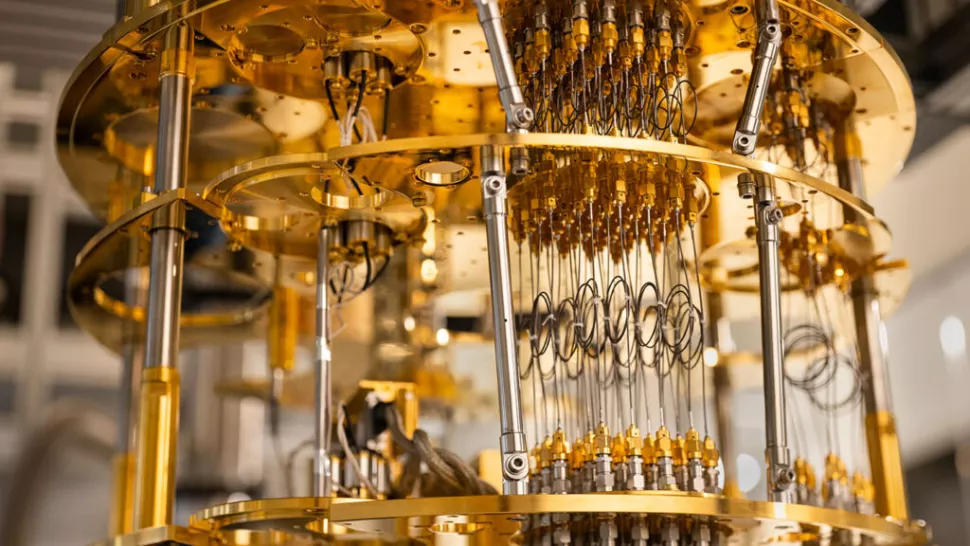The NA61/SHINE experiment at CERN has discovered a significant anomaly that challenges one of particle physics’ fundamental assumptions. When researchers collided argon and scandium atomic nuclei at high energies, they observed an unexpected 18% overproduction of charged kaons, far exceeding the typically small 3% deviations predicted by current theory.
This discovery strikes at the heart of flavor symmetry, a principle that suggests up and down quarks—the building blocks of protons and neutrons—behave nearly identically in high-energy collisions. The symmetry exists because these two quark types have similar masses, making the strong force treat them almost equally. Scientists have relied on this principle for decades to model particle collisions and interpret experimental results.
The anomaly becomes even more puzzling when examining the initial conditions. Argon nuclei contain 18 protons and 22 neutrons, while scandium has three more neutrons than protons. Since neutrons contain more down quarks and protons contain more up quarks, the collision systems began with an excess of down quarks. Logically, if flavor symmetry broke down, one would expect more down quarks in the final products. Instead, the experiment found an abundance of up quarks.
Professor Andrzej Rybicki emphasized that this 18% deviation dramatically exceeds theoretical predictions, suggesting either incomplete understanding of collision dynamics or potentially groundbreaking “new physics” beyond the Standard Model. The discovery forces scientists to reconsider fundamental assumptions about particle production in high-energy collisions.
To verify these results, the NA61/SHINE team plans to study collisions with initially equal numbers of up and down quarks, starting with recorded pion-carbon interactions. Future experiments will examine oxygen-oxygen and magnesium-magnesium collisions, with the latter requiring a three-year LHC upgrade.
This breakthrough has immediate implications for nuclear physics research. The assumption of flavor symmetry has been integral to modeling countless experiments over decades. If this symmetry violation proves universal rather than specific to certain nuclei or collision energies, it will necessitate comprehensive reevaluation of existing models and experimental interpretations.
Whether this represents a gap in current theory or evidence of new physics beyond the Standard Model, the discovery marks a potentially transformative moment in our understanding of fundamental particle interactions and the forces governing matter at its most basic level.
Reference: “Evidence of isospin-symmetry violation in high-energy collisions of atomic nuclei” by The NA61/SHINE Collaboration, F. Giacosa, M. Gorenstein, R. Poberezhniuk and S. Samanta, 23 March 2025, Nature Communications. DOI: 10.1038/s41467-025-57234-6


